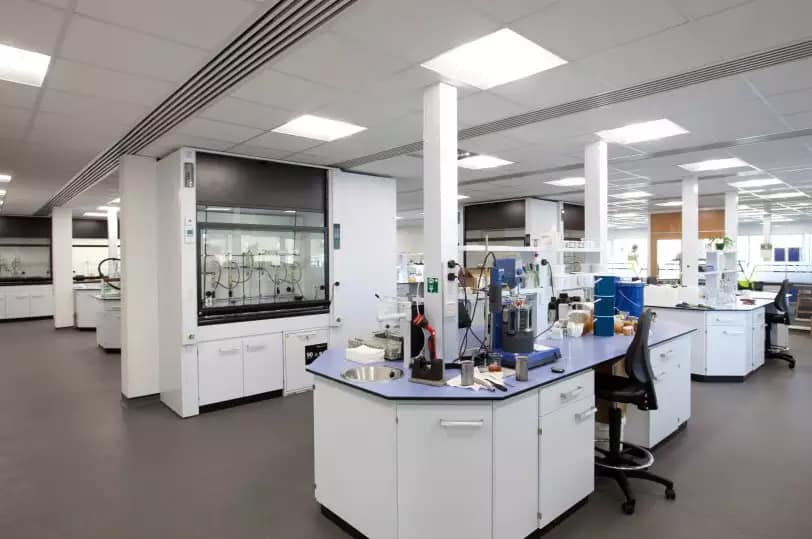Laboratory Testing of Factors Affecting Plastic Aging

In order to speed up the test cycle and obtain aging data faster, the laboratory usually uses the Uv Accelerated Weathering Tester artificial light source to simulate solar radiation, matching different temperature, humidity and rain conditions, etc., and can simulate various natural climates.
1) The choice of light source
Commonly used artificial light sources are xenon arc lamps, metal halide lamps and ultraviolet fluorescent lamps. UV fluorescent lamps work well in the mid-wave ultraviolet and short-wave ultraviolet range to simulate sunlight. Xenon arc lamps and metal halide lamps can simulate sunlight well in the full spectrum. Therefore, the test chamber using xenon lamps and metal halide lamps as light sources can simulate sunlight radiation well, while the aging chamber using fluorescent UV lamps is not intended to imitate sunlight, but only to simulate the aging effect of sunlight. In addition, there are also aging boxes with carbon arc lamps as light sources on the market. But the carbon arc spectrum does not correlate well with the daylight spectrum, and testing with a carbon arc lamp is historical.

2) Relevance of accelerated aging
Correlation refers to the degree of agreement between the results of accelerated aging in the laboratory and the results of aging of the material in the actual use environment. Accelerated aging test, only with correlation, can truly reflect the weather resistance of the material and truly predict the service life of the material. An unreasonable accelerated test will reduce the relevance of the test and even lose its meaning.
3) The development trend of laboratory accelerated aging
As mentioned at the beginning, the factors affecting the aging of materials are solar radiation, temperature, water and other factors. The aging of the material is the result of the combined effect of these factors, but it is not a simple superposition of the effects of various factors, and the synergistic effect between them needs to be considered. Therefore, a more comprehensive simulation of the actual use environment of the material can lead to better relevant results. For example, according to ISO 20340 standard, the test is carried out in a cycle of 7 days, the UV test with light and dark cycle according to ISO 11507 is carried out on days 1 to 3, the salt spray test is carried out according to ISO 9227 on days 4 to 6, and the 7th day is carried out (-20 ±2) Low temperature test at ℃. Compared with the traditional weather resistance test, it integrates more aging factors and is more in line with the actual working conditions of the material, so it can better reflect the actual aging of the material. We know that mold, ozone concentration, etc. have an important impact on the aging of plastic products. How to integrate more aging factors in the test will be one of the development directions of accelerated aging in the laboratory.
Plastics are easily affected by climate and cause aging, and material aging brings huge economic losses. Therefore, it is necessary to implement preventive measures from the perspective of material design according to the aging mechanism of the material, such as adding anti-aging agents to the ingredients and adding anti-aging coatings to the surface of the product. In order to verify the aging resistance of new products and new processes, aging tests are required. Laboratory accelerated aging can get aging data faster, but only with good correlation can the test reflect the real aging process. In the aging test, it will be the development direction of the aging test to better simulate the actual climate environment and improve the correlation of the test under the premise of ensuring the acceleration.
If you want to know more or want to purchase Uv Accelerated Weathering Tester, you are welcome to consult.
2022-04-18 10:03

